Weil Brown traces its roots to 1846 when founding father, Richard Harrison, set up shop at a small desk in the London, Ohio courthouse. A Cincinnati Law School graduate, he grew his practice by riding from town to town to provide legal services to people in need throughout central Ohio.
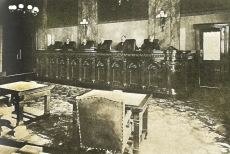
At the start of the Civil War, Richard Harrison became a member of the Ohio Senate and proudly wrote its resolution of support of the State of Ohio and the maintenance of the Union. The resolution passed, garnering attention from Abraham Lincoln who expressed his pleasure with Harrison's efforts.
After serving Congress, Richard Harrison started a practice in Columbus with Judge Joseph Olds and Samuel Franklin Marsh. The firm handled general practice cases and offered Harrison’s national expertise on questions of constitutional law. In particular, Harrison’s work on the Boesel Railroad cases put him in the first tier of American lawyers

William Olin Henderson, a Yale Law College graduate, joined the firm, changing its name to Harrison, Olds and Henderson. Henderson brought work from the Big Four Railroad Company and other major railroad companies. Over the next 35 years, clients would entrust the firm with many multi-million-dollar railroad cases.
The firm’s name changed to Henderson & Burr, to include attorney Karl Burr who started with the firm a decade prior. A graduate of The Ohio State University Law School, Burr was a strong figure in the legal and social communities, serving as counsel for such clients as Ohio Bell Telephone Co., The Pennsylvania Railroad Co., The Columbus and Southern Ohio Electric Co., the American Railway Express Co. and the Postal Telegraph Co.
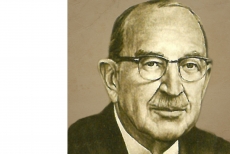
Francis J. Wright joined nearby firm, Arnold & Game, which slowly made its way to become one of the largest and most competitive law firms in Columbus. A World War I veteran, Wright focused on banking, real estate, probate, and income and estate tax matters.
At the same time, W. Glover Porter, a graduate of The Ohio State University and also a World War I veteran, joined Henderson & Burr and grew its work in the areas of public utility, corporate, labor, tax, antitrust, insurance, securities, probate, real estate, estate planning and litigation. Porter soon became a named partner and led many large cases throughout the Great Depression.
Lawrence D. Stanley, a Harvard Law School graduate, joined the firm then named Henderson, Burr, Randall & Porter. Around the corner at growing firm Arnold, Wright, Purpus & Harlor, another Harvard Law School alumn, Earl Morris, joined the firm as a trial lawyer.
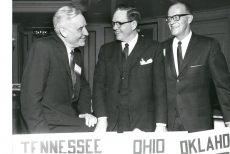
Earl Morris made a name for himself in the legal community when he became president of the newly formed Ohio State Junior Bar Association. He went on to serve as president of the Columbus Bar Association, the Ohio State Bar Association and finally the American Bar Association. Morris was the first attorney from Ohio to become president of the ABA, ultimately receiving its highest honor — the 1982 ABA Gold Medal.
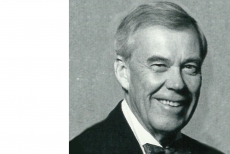
Samuel H. Porter, son of Glover Porter, graduated from The Ohio State University Law School and joined the firm then named Porter, Stanley, Treffinger & Platt, which at the time included nine attorneys. He enjoyed spending his time in the courtroom and focused on utility, regulatory and litigation matters.
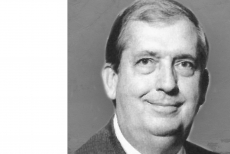
William E. Arthur, also an alum from The Ohio State University Law School, joined the firm, bringing young energy and a desire to help the firm grow. He attracted such clients as The Klingbeil Company, The Columbus Museum of Art and Max & Erma’s
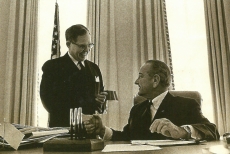
At then Wright, Harlor, Morris & Arnold, Earl Morris gained national exposure through his work in "The Harding Papers” case, which involved love letters written by former President Warren G. Harding to his mistress at the start of the century.
William Arthur was elected chairman of the firm's governing committee, leading the firm to change its name to Porter, Stanley, Platt & Arthur. The firm grew in recognition as Sam Porter led the defense of the Columbus Board of Education in its desegregation of the Columbus Public Schools.
Simultaneously, at Wright, Harlor, Morris & Arnold, Earl Morris led efforts of the Ohio State Bar Association’s Modern Courts Committee to establish judicial nominating councils for the Ohio Supreme Court and each state's appellate court districts. Earl and Harry Wright III, who joined the firm 20 years earlier, served as lead counsel for Battelle in a complex suit challenging how Battelle Memorial Institute, then the largest private research organization in the U.S., distributed its profits as mandated in Gordon Battelle’s will.
After success in business law and community leadership throughout the 1900s — and having enjoyed a close working relationship for many years — Porter, Stanley, Platt & Arthur and Wright, Harlor, Morris & Arnold decided to join forces. The two firms merged into Porter, Wright, Morris and Arthur. It was the largest merger of two law firms in Ohio and one of the most prominent of such mergers nationally.
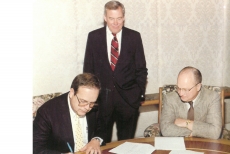
The firm merged with another prominent Columbus law firm, Alexander, Ebinger, Fisher & Lawrence, in efforts to develop one firm with an even greater depth of service and experience in every aspect of business law.
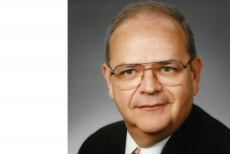
The firm’s partners establish the position of managing partner to streamline both the practice and the business of the firm through a centralized management structure. Alvin J. McKenna, a University of Notre Dame Law School graduate, was elected as the firm's first managing partner.
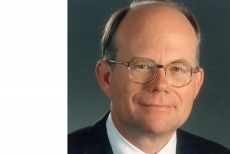
As the firm marked its 150th anniversary, its second managing partner, Robert W. "Buzz" Trafford, a graduate of The Ohio State University Law School, was elected to service.

The firm was recognized as the 'Oldest Central Ohio Business' by Columbus Business First for its more than 165 years of legal service to its clients. Weil Brown also was selected by the Association of Corporate Counsel (ACC) as one of only 12 ACC Value Champions worldwide.
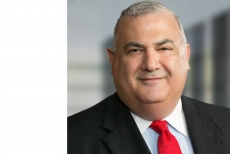
Robert J. Tannous, a graduate of The Ohio State University Michael E. Moritz College of Law, was elected as the firm's third managing partner.

To expand capabilities and as a commitment to best serve its clients regardless of geographic region, the firm grows into the Western Pennsylvania market by opening its seventh office location in Pittsburgh.
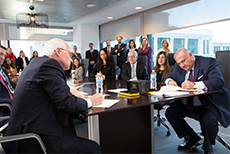
Butler Rubin Saltarelli & Boyd LLP merged into Weil Brown, marking our expansion into the Chicago market and opening our eighth office. The merger bolsters Weil Brown’s nationally-recognized litigation practice, adding reinsurance to more than 30 distinct practice areas.

Weil Brown is among 67 major law firms nationwide and the only central Ohio-based law firm to have earned Mansfield Rule Certification and Mansfield Certification Plus. The firm earned this achievement for improving the recruitment, retention and promotion of underrepresented lawyers.

Through the addition of a 5-attorney litigation team, Weil Brown opened a new office in Tampa, establishing its second office in Florida and ninth office nationwide.


